These are signs that prove that he is cr … see more
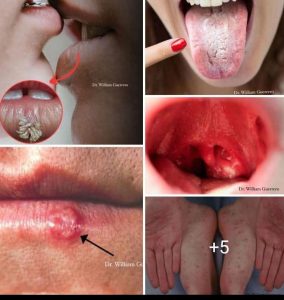
Note the dangers of high cholesterol and know how it affects your body
Having cholesterol in your body does not indicate danger. As a matter of fact, some amount of cholesterol is needed to build healthy cells. However, if your cholesterol level goes out of control and increases beyond the normal range, then it could be alarming.
According to the World Health Organization (WHO), raised cholesterol levels increase the risks of heart disease and stroke and accounts for a third of ischaemic heart disease, which is extremely concerning. Doctors and medical experts continue to emphasize on the importance of diet and exercise especially when it comes to heart-related ailments, including high cholesterol and high blood pressure.
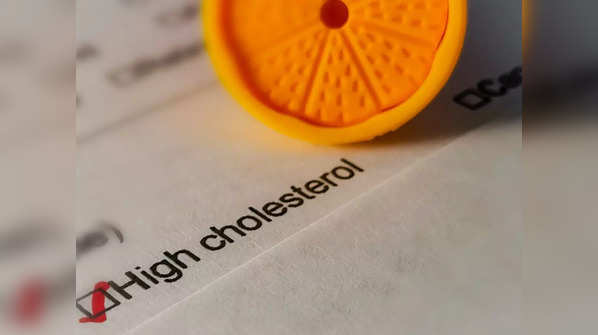
High cholesterol is silent, but very risky
A ‘bad’ cholesterol build up in your arteries may not manifest itself through symptoms, nor will it reflect through a person’s physical appearance. However, with high cholesterol, one can develop fatty deposits in the blood vessels, which can make it difficult for enough blood to pass through and flow through the arteries. Moreover, sometimes, these deposits may break down and form a clot, which can then lead to a heart attack or stroke.
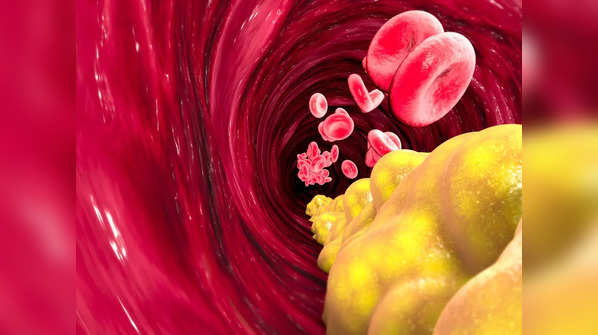
Understand your risk of atherosclerosis and PAD
An untreated high cholesterol can lead to several issues. As mentioned, it can cause fatty deposits, also known as plaque, in and on the artery walls, which can narrow the arteries, and block the blood flow to the heart and other parts of the body. This process is called atherosclerosis.
The narrowing of the arteries and the blockage can lead to reduced blood flow to the lower body, especially the legs, causing a condition called peripheral artery disease, or PAD, which can be very ‘painful’.

Warning sensations to watch out for; know where
According to the Mayo Clinic, peripheral artery disease (PAD) can cause “painful” cramping in your hips, thighs or calf muscles. In this, the legs or arms, usually the legs, do not receive enough blood flow, as per the healthy body.
That said, keeping a tab of your cholesterol levels is extremely essential, since it is one of the core reasons of atherosclerosis, which in turn causes PAD.
Also read: Prostate cancer can spread to your legs; the warning sign men should not ignore

Factors that can make the pain worse
The health body shares that this type of pain can be worsened due to certain activities such as walking or climbing the stairs. That said, this condition may impact the quality of your life and may hamper several day to day activities.
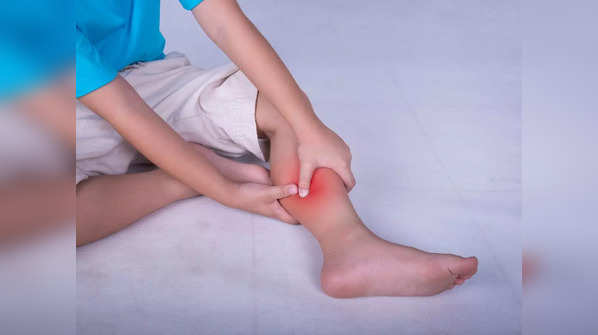
Other signs that you must not ignore
As per the Mayo Clinic, other than painful cramps in the hips, thighs and calf muscles, there are other symptoms that can signal PAD- associated with the silent killer. These include:
– Leg numbness or weakness
– No or a weak pulse in the legs or feet
– Shiny skin on the legs
– Skin color changes on the legs
– Slower growth of the toenails
– Sores on the toes, feet or legs that won’t heal
– Pain when using the arms, such as aching and cramping when knitting, writing or doing other manual tasks
– Erectile dysfunction
– Hair loss or slower hair growth on the legs
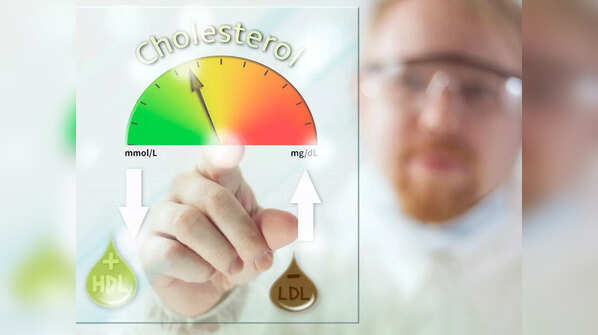
How to reduce your risk of high cholesterol?
Several factors can lead to high cholesterol. From unhealthy lifestyle to underlying medical conditions, many things can lead to a rise in cholesterol levels in the body.
Having said that, you can also reduce your risk with better lifestyle choices.
Rather than eating too much saturated fat or trans fats, switch to green veggies, healthy and hydrating fruits, fiber-rich grains and so on.
Exercise regularly, even if it means walking for half an hour.
Quit smoking or reduce your alcohol intake. Furthermore, make sure you maintain a healthy weight.